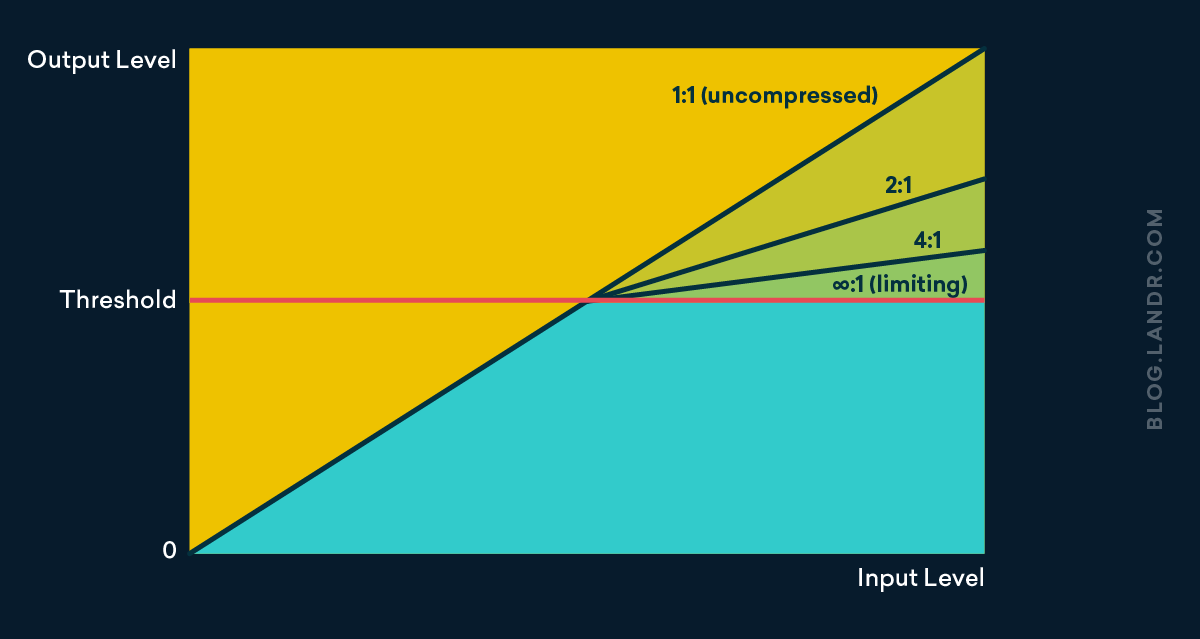What does a limiter do?
It basically limits your audio signal from hitting a certain peak - as set by you in its settings. There are other settings which let you define the attack and release of a limiter which we would discuss later. But first, let's come to a point on the need for a limiter.
Need of a Limiter
The need for a limiter arises from the fact that you can't predict the audio levels of impulses (and other noises or hits or shouts / screams / etc.). As an audio engineer, your job is of course predicting the future related to audio levels so you can be ready to ride the fader - which at times, isn't just possible.
While recording traffic by the roadside. You might want to concentrate on the gravel sound being made by tires, but a car might pass while honking LOUDLY. Could you have predicted that? Absolutely not. There, if there was a limiter in place, you could have saved the audio signal from clipping (which essentially means losing out on all the data which would have reproduced your audio signal from the storage to speakers).
Dialogue with Limiter
Now this is tricky. Should you really use limiter on dialogues? My answer is it DEPENDS. Depends on a lot of variables. First and foremost - you should read the scene before making a decision on using a limiter on your dialogue tracks. In case there is a situation where you do not know how loud dialogue can get - you are free to use a limiter. On the contrary, in case of incidentals in a scene - for example - the actor speaks really low but smashes the car door just after dialogue - i will use a limiter just to get the door slam which will suffice for the energy in the scene. This also means not clipping when the car door is slammed so as to retain it for the post production in case they want to re create it altogether.
Another instance could be when the actors shout at the top of their voices - to be saved in the middle of the sea, or to call out for someone far away! You could predict that - but at times, while rehearsing, the actors need to save their voice for the actual scene. They get LOUDER in the scene and your gain settings might be such that the signal would clip! Hence, the use of limiter might save you from the scenario.
Creative use of Limiter
As from the technical POV, the use of a limiter is reducing your dynamic range. Creative use means knowing what you are doing - and doing it for a reason. Let me know if you have situations where the use of limiter is a creative freedom for you to explore!
For further reading on Limiters and its settings, head over to :
https://www.izotope.com/en/learn/an-introduction-to-limiters-and-how-to-use-them.html
Thanks for reading!








